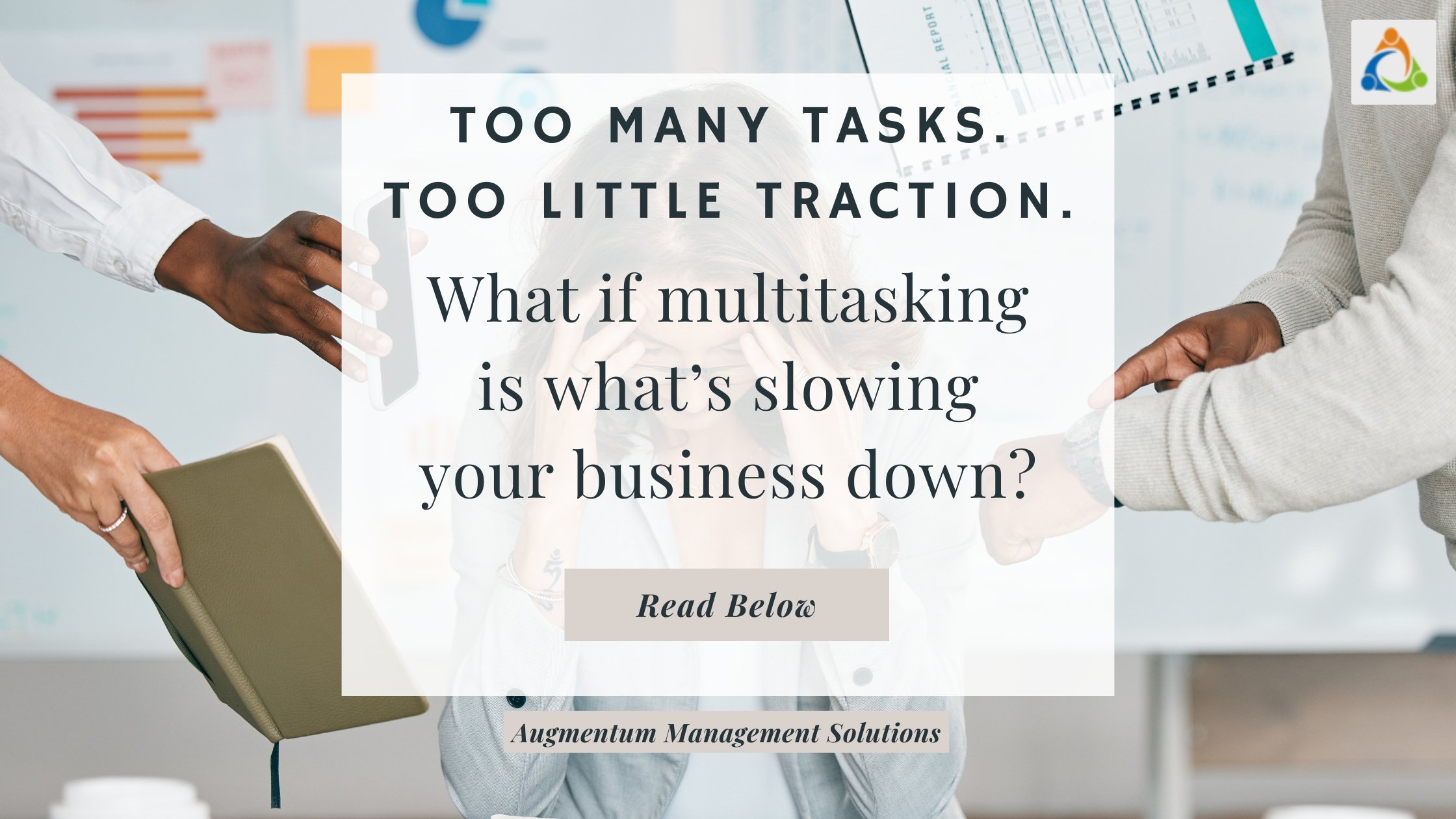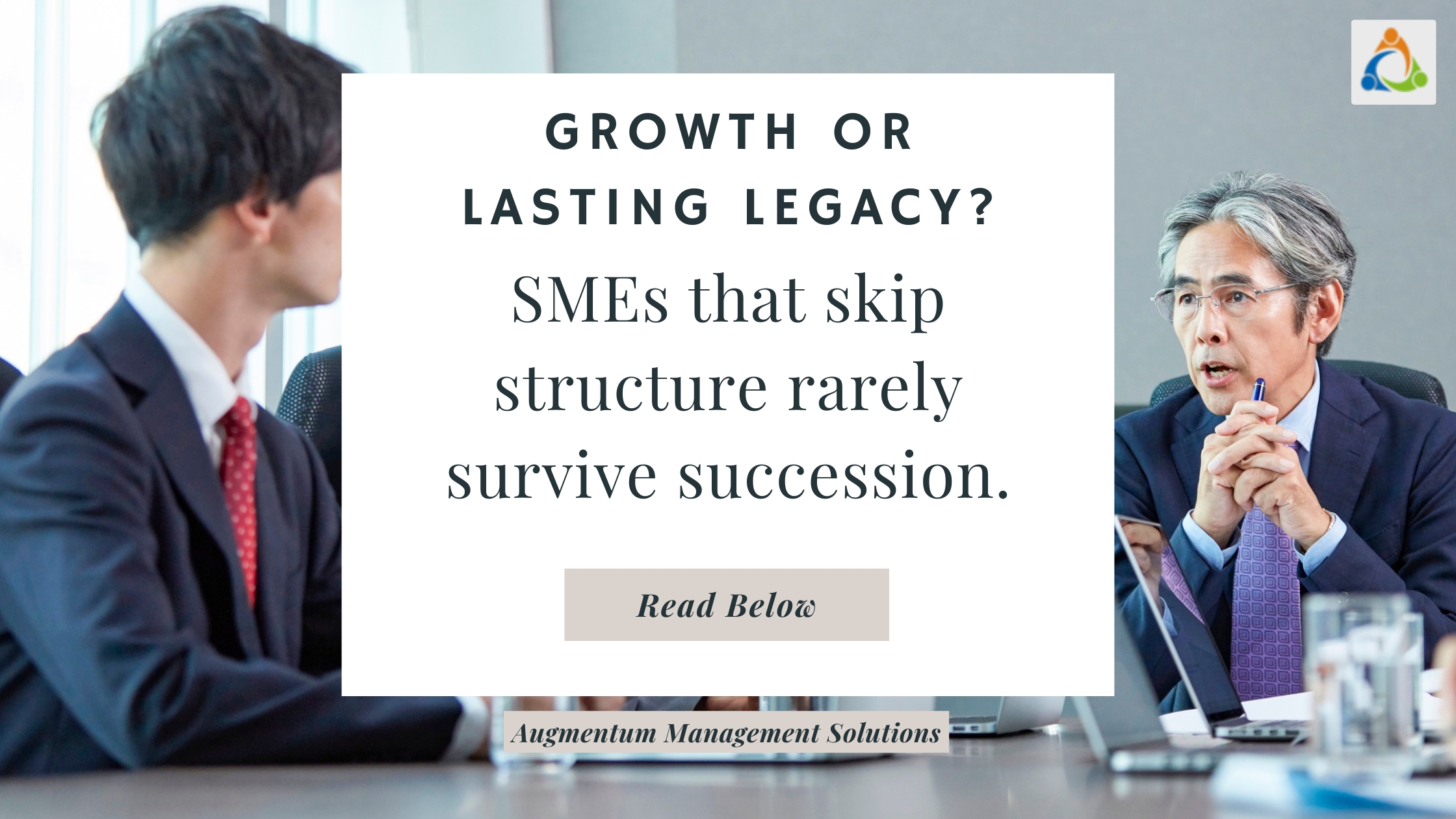Competition is often celebrated in business as a driver of performance. In SMEs especially, leaders may believe that fostering rivalry will push employees to achieve more. But when competition turns toxic, it erodes trust, stifles innovation, and creates politics that drain energy from the very goals organizations want to achieve. Unlike healthy ambition, toxic competition pits employees against each other instead of aligning them toward collective success.
Across industries, this silent cultural threat has been known to destabilize SMEs that seem perfectly poised for growth. And as Deepak Mehta emphasizes, true success isn’t about outdoing others, it’s about rising together.
The Effects of Toxic Competition in SMEs
Toxic competition shows up subtly at first, but its effects compound quickly. What starts as minor rivalry soon turns into systemic inefficiency and disengagement.
- Trust Weakens: When employees see each other as rivals, they stop sharing knowledge freely. Over time, collaboration gives way to guarded behavior, and trust across teams breaks down.
- Teamwork Suffers: Instead of uniting around shared goals, individuals prioritize personal wins. Teams that should complement each other end up duplicating work or worse, working at cross-purposes.
- Innovation Slows: Fear of being outperformed discourages risk-taking. Employees avoid suggesting bold ideas because failure could be used against them, resulting in stagnation.
- Politics Multiply: Energy shifts from delivering results to protecting turf. Office politics dominate conversations, and the organization loses momentum.
- Real Contributors Exit: Those focused on adding value get overshadowed by those gaming the system. Frustrated, many high performers quietly leave, taking knowledge and capability with them.
Practical Solutions to Rebuild Collaboration
Breaking toxic competition doesn’t mean eliminating ambition. It means reframing success from individual victories to collective achievement. SMEs can transform their culture by embedding structures that reward collaboration.
1. Foster a Collaborative Culture:
Encourage employees to see success as shared. Create cross-functional teams where diverse skills can complement each other. Align projects with company-wide goals, so no one loses sight of the bigger picture. Regular team-building and mentorship programs strengthen relationships, reminding employees that the real competition is outside, not within.
2. Reward Teamwork Over Individualism:
SMEs often design reward systems that favor solo achievements. Instead, highlight and celebrate group milestones. Publicly recognize collective wins, and use peer nominations to surface unsung team players. Incentives tied to team outcomes send a clear signal: collaboration is the path to recognition.
3. Promote Open Communication:
Toxic competition thrives in silence. Break it by creating safe spaces for dialogue. Town halls, open forums, and anonymous feedback channels make it easier for employees to share concerns. Leaders must model transparency by inviting questions and showing that disagreement can lead to better solutions.
4. Encourage Learning from Mistakes:
When rivalry defines culture, mistakes become ammunition. Shift this mindset by normalizing discussions around failures and the lessons they bring. Use case studies to show how missteps led to innovation elsewhere. Recognize and reward experimentation, even when the outcome wasn’t perfect.
5. Align Collective Goals:
Finally, success metrics must reflect the organization, not just individuals. Use frameworks like OKRs (Objectives and Key Results) to tie personal targets back to company impact. Review progress regularly and show employees how their contributions feed into broader growth. This alignment reduces internal rivalry and channels energy toward sustainable performance.
Toxic competition doesn’t create champions; it creates silos, distrust, and eventual attrition. For SMEs, where agility and trust are the lifelines of growth, this cultural trap is especially dangerous. But with deliberate structures – collaborative goals, transparent communication, and recognition for teamwork -leaders can shift from rivalry-driven performance to synergy-driven success.
The difference is profound: while rivalry produces temporary wins, collaboration builds organizations that endure. SMEs that rise together not only retain talent and foster innovation but also prepare themselves for the scale and complexity of tomorrow.



